What is Amazon Seller Fulfilled Prime and How Does it Work?
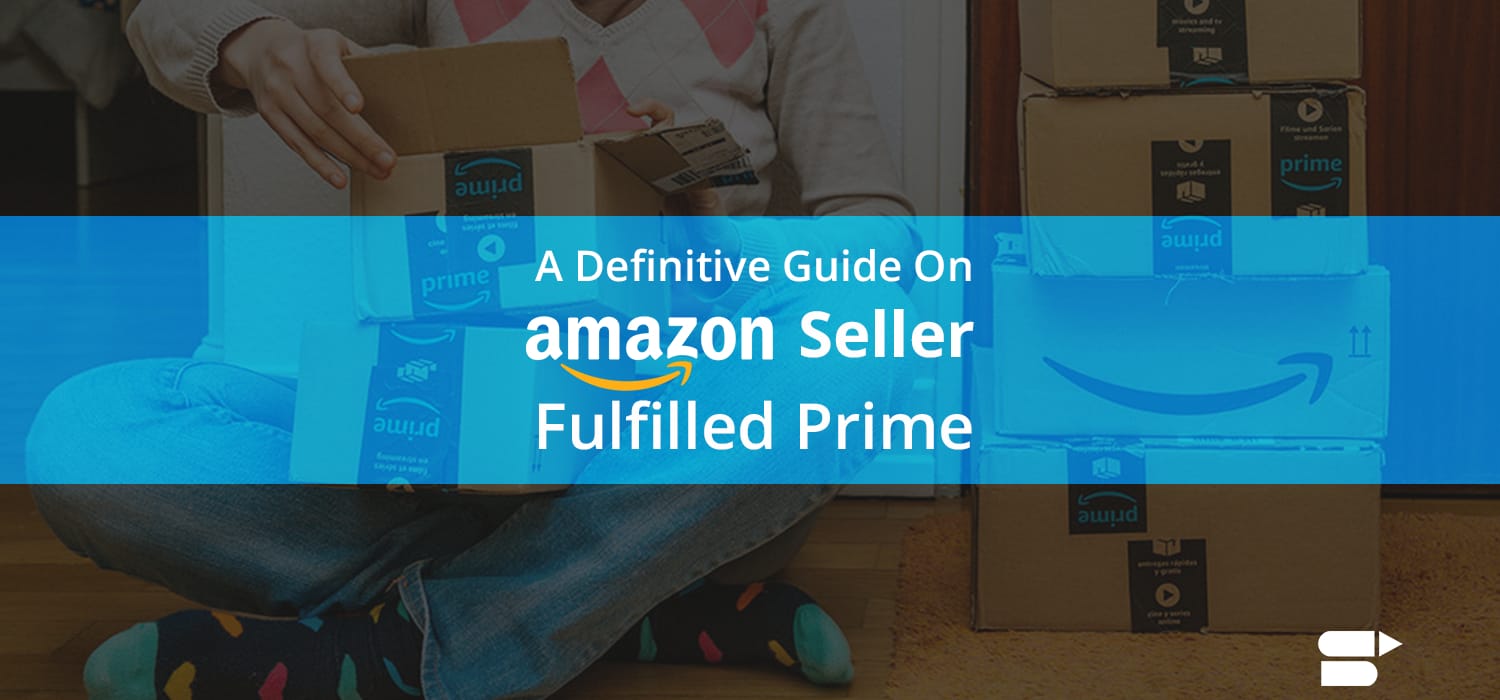
Any retailer would have already realized the significance of selling on Amazon by now and more particularly, selling it on Amazon Prime for sure. There are 2 programs that give you access to rewarding Prime shelves: FBA (Fulfillment by Amazon) and SFP (Seller Fulfilled Prime).
Though both programs are designed to help you sell on Prime, that’s exactly where the likenesses end. SFP and FBA are distinct, and each has its features that guarantee to appeal to a few businesses, based on its profitability, aspirations, and size.
With fast and strict shipping requirements from Amazon and to meet your ongoing sales targets, reach your customers without sabotaging your reputation, business, or profits. This is where SFP has its key role to play.
Let’s understand in-depth it.
Quick Guide:
- What is Seller Fulfilled Prime (SFP)?
- Amazon SFP Requirements
- Why did Amazon Launch SFP?
- Key Differences Between FBA & SFP
- What to do if your Seller Fulfilled Prime is Suspended?
- Pros & Cons of SFP
- Conclusion
What is Seller Fulfilled Prime (SFP)?
Seller Fulfilled Prime is one of the best order fulfillment programs offered by Amazon to enable high-volume sellers to sell under their Prime Label and ship Prime orders to customers directly in 2 days.
This program was launched in 2015. But to enroll for one, qualifying the SFP requirements is necessary. Upon enrollment, it can help sellers to increase the discoverability of their product listings by highlighting the Prime Badge.
According to Amazon, “Seller fulfilled product listings that were Prime-eligible for the first time via SFP experienced a sales uplift of over 50% on average.”
An Overview of SFP:
- SFP benefits a retailer the most who has already been doing his/her own shipping.
- SFP was launched to release the pressure from Amazon’s maxed-out inventories or warehouses and yet retaining great shipping standards.
- A seller can qualify for the SFP program after completing his/her trial period.
- SFP should not be confused with FBA. Both are completely different schemes.
- The basic SFP requirements include utilizing Amazon’s shipping services, abiding to their return policies, delivering 99% of orders on time, etc.
- With SFP, a seller should provide free standard shipping. However, the decision to join this program should not be just based on cost.
Amazon SFP Requirements
SFP is not open to all sellers. Since Amazon wants to shield its Prime reputation, SFP is not made accessible for all sellers. Instead, they have set high-eligibility Seller Fulfilled Prime requirements to sell via SFP.
Therefore, only the top sellers can qualify. Even then, they will have to meet two criteria:
- Pass the trial period of SFP
- Qualify for Premium Shipping
Note that during the trial period, the Prime badge is not shown on their products, and a seller should ship SFP- enrolled items the same day (subjected to cut-off time). Only if a seller completes his/her trial period successfully, he/she can join Amazon’s SFP program and, only at this point, the Prime badge is highlighted on the products.
Recommended read: How Much Does Prime Wardrobe Cost?
So, before you think of enrolling, make sure that these Amazon Seller Fulfilled Prime requirements are met:
- Have a timely shipment rate of 99%
- Have a valid tracking rate of 99%
- Offer Premium Shipping to customers
- Maintain a proper collection rate of 0.5% or less
- Use Amazon’s Buy Shipping for 98.5% of the orders minimum
- Abide by the Amazon’s return policies
- Make use of Amazon-approved carrier for delivering orders
- Let Amazon handle all the customer inquiries
As of now, Amazon isn’t accepting fresh applications for SFP in the United States. However, once it is available, the entire sign-up process will look like this:
1. Premium Shipping
A seller should show that he/she can offer Premium Shipping services consistently. However, the seller cannot do this right before he/she starts the SFP trial. A seller will not be able to go live until he or she qualifies for Premium Shipping.
2. Enroll for SFP
A seller can enroll for the SFP program within Seller Central, followed by the need to assign items to the shipping template called “Prime trial.” Only products that are allocated to this template will be included while measuring the performance against the requirements for the trial.
3. Trial period
The SFP’s trial period is from 5 to 90 days, with 200 orders minimum. A seller should maintain the overall performance percentage high during this period.
4. Maintain the SFP status
As soon as a seller has passed his/her trial period, he/she needs to line up with the criteria and provide a reliable service to the customers.
The Difference Between Premium Shipping and SFP
Premium Shipping and SFP (Seller Fulfilled Prime) is something that is most often talked about and for some reason, misunderstood as well. Understand that premium Shipping is an entirely different program, which essentially enables sellers to give quick shipping options to the customers with their own shipping. In order to qualify, a seller should accomplish these in their orders over a timeframe of 30 days:
- A valid tracking rate of 99%
- An on-time delivery rate of 97%
- Seller cancellation rate of 0.5% and less
Once the seller is qualified, he or she can start offering Premium Shipping options to the customers but at an extra charge. In the United States, these shipping selections include:
- 1-day Delivery
- 2-day Shipping
In order to qualify, a seller should maintain the above-mentioned requirements. SFP and
Premium Shipping should not be really compared to each other. Premium Shipping lets you offer faster shipping options whereas Seller Fulfilled Prime paves the way to get a Prime badge for products without FBA.
Why Did Amazon Launch SFP?
Amazon is just customer-obsessed, and we all are well aware of that. They maintain a long-term relationship with their customers, particularly the ones who are loyal to them by being Prime subscribers. So, the key reasons Amazon launched SFP is to:
- Help customers to get their orders reliably and quickly
- Have as many product choices as possible
- Not charge customers extra on shipping
Key Differences Between FBA & SFP
| SFP | Own Shipping | FBA | |
|---|---|---|---|
| Prime Badge | Yes | No | Yes |
| FBA Fee | No | No | Yes |
| Buy Box Perk | Yes | No | Yes |
| Customer Service | Amazon | Seller | Amazon |
| Control Over Shipping | Some | Complete | N/A |
| Shipping Performance Standard | Too High | High | N/A |
| Own Shipping Operation | Yes | Yes | No |
| Who Pays for the Shipping? | Seller | Seller gets to choose | Yes |
One of the main differences between FBA and SFP is shipping. Though both can help you get Amazon’s Prime badge with the perk of winning the Buy Box, a seller enrolled in the SFP program fulfills orders and pays for shipping. But one of the major drawbacks of SFP is that a seller should absorb the shipping cost so that customers can receive their orders quickly without any extra cost.
On the other hand, for an FBA seller, shipping is entirely taken care of by Amazon. However, there is a fee to pay. FBA charges may end up being almost than it would cost for shipping the orders yourself.
For heavy, large, slow-selling, or odd-sized products, FBA may be a little expensive. However, investing as well as maintaining your staff, warehouse, systems, and software can be pricey as well.
What to do if your Seller Fulfilled Prime is Suspended?
There might be times when your SFP would have been suspended, and you will be notified of the same by the Amazon team on your registered email ID.
So, ever wondered what made it go suspended?
The possible reasons could be due to these:
- A drop in your timely shipment rate. If it goes below 99%, the SFP will be deactivated and your Prime Badge will be turned off.
- A drop in your valid tracking rate. Even if it goes little less. So, maintain at least 94% minimum.
- A higher cancellation rate. If the cancellation rate is more, then this is also a red sign.
Maintain these numbers to make sure that your Premium Badge is not turned off and your SFP is not suspended.
The latest premium numbers include:
- Timely delivery rate is 97.0% or higher for Premium Shipping orders.
- The valid tracking rate should be 100% for Premium Shipping orders.
- The cancellation rates should be 0.5% or lesser for Premium Shipping orders.
The latest SFP numbers include:
- The timely shipment rate should be maintained at 99%.
- The timely delivery rate should be 97.0%.
- The Buy-shipping should be 98%.
- The cancelation rate should be 0.5%.
Pros and Cons of SFP
Every coin has two sides, and it is no surprise that SFP also comes with its own baggage of perks and drawbacks. Let’s understand them in detail.
Pros of using SFP
Although a seller has lots of responsibilities and works for SFP when compared to FBA (a program where Amazon takes care of inventory storage & shipping), there are multiple benefits of SFP. These include:
1. Increases sales & profits with the trusted prime badge
As soon as a seller completes or passes his or her trial period, Amazon’s Prime logo is activated and highlighted on their product listings. Now, this gives bigger visibility, by showing the products to both Amazon Prime members and regular. The badge is also a sign that a seller is selling high-quality products and is reliable as well as credible.
2. Less expensive when compared to FBA
SFP can exclude FBA shipping, storage fees, and handling that are frequently viewed as unnecessary. Earlier, the only way to get “Prime status” was to fulfill the orders through FBA, making companies lose a big amount on their profits.
Also, FBA sellers were asked to split their shipments between 3 fulfillment centers and pay an extra fee every time for “Inventory Placement Service.” However, SFP sellers can distribute the products easily from their own inventory and leverage Amazon Prime without higher fees.
3. Use Amazon’s customer support service
The SFP program as well as its customers can access Amazon’s customer support (after-sale) 24/7. That’s one perk. So, Amazon’s team of skilled customer representatives is there to deliver awesome service on your behalf. Also, customers can track their item orders, submit returns, and request refunds without any hassle.
4. More options and better control than FBA
SFP gives more opportunities for building your brand. Why? Well, because the control is in your hands and not in Amazon’s. So, this means that there are fewer logos of Amazon on your product packages, better control over your products, and of course, direct inventory visibility from your warehouse — imagine all of these while maintaining the Prime status.
Cons of using SFP
Going in the route of SFP also has a few downsides — particularly, when we say “scalability.” So, as a third-party seller, there are a few considerations you cannot overlook.
1. The SFP eligibility and maintenance requirements are strict
SFP is quite exclusive. Amazon’s stringent policies are set out to make sure that their customer is 100% satisfied. Though interesting, they are equally promising for a seller to abide by, because they have turned out to be increasingly very hard over time. Now, if you fail to meet their SFP requirements consistently, it will take not a minute for Amazon to remove your Prime Badge.
2. High shipping rates
Access to a great service surely comes with a cost. So, Amazon’s SFP is no exception. Customer benefits like next-day delivery happen to be costlier to any seller. Also, the cost related to SFP shipping can augment up. Therefore, a seller should manage those costs by restricting and planning as to how far can they ship with Prime deliveries.
3. Fulfilling a higher number of orders can turn difficult at a point
With SFP, you certainly will have complete control of your fulfillment process. Yes, of course, this is a great perk and is something to be valued. But once operations begin scaling, and you start dealing with a higher order volume, that’s when problems occur, especially if you don’t have a nicely-designed process implemented.
In order to fulfill the orders efficiently as well as maintain the SFP’s eligibility status, you need to invest in your fulfillment infrastructure. Besides this, you will have to employ proper tactics for everything – right from product packaging to determine an order’s cut-off time for 2-day shipping.
Conclusion
Undoubtedly, Amazon has revolutionized the way the e-commerce market works. They truly take giant steps in meeting their customers’ expectations. For sellers like you, meeting customer expectations can help you stand out and that’s why options like FBA and SFP are there to make things easier.
Choosing between FBA and SFP can be a little tricky because both have their own benefits and drawbacks. However, deciding the ideal option for your business all comes down to the products you sell and the way you want to handle your business operations.
Other Interesting articles:
How To Get The Amazon Best Seller Badge.
Secrets on How to sell on Amazon Prime 2020


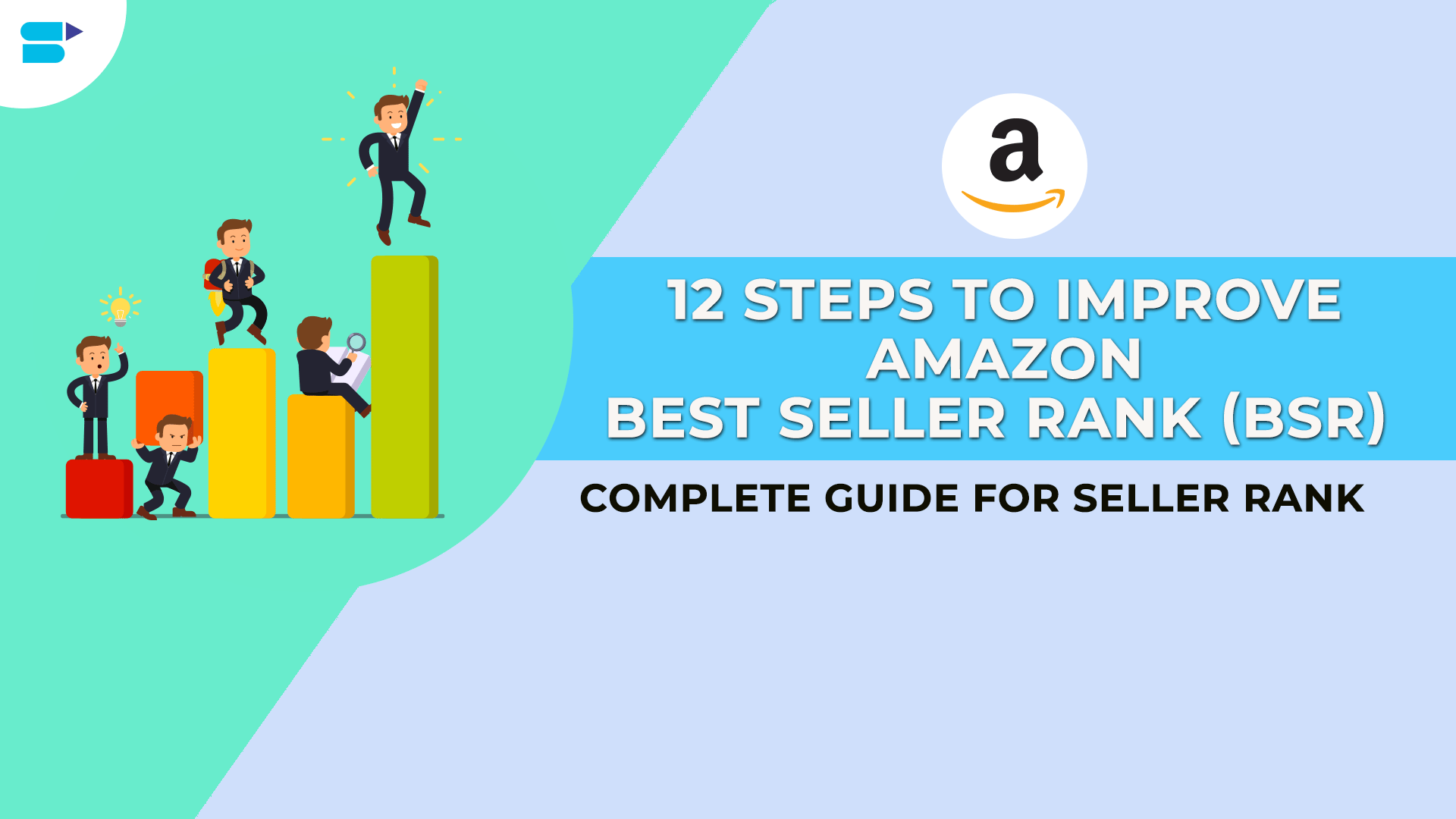
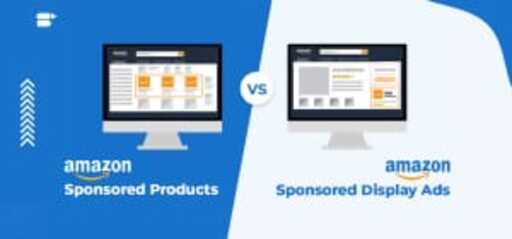
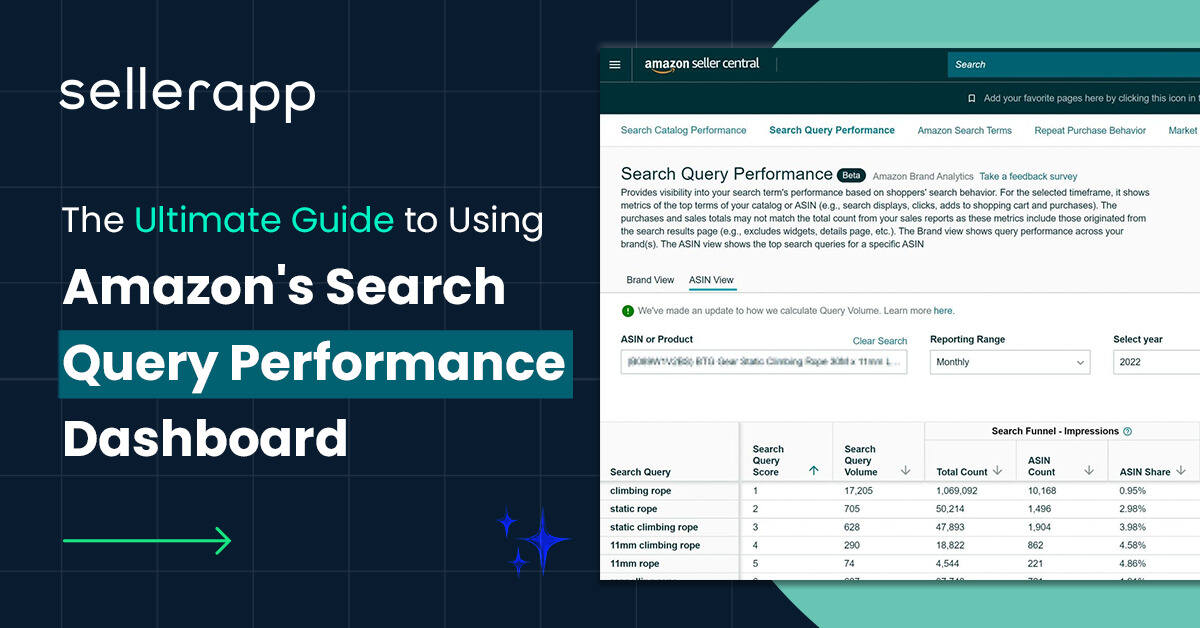
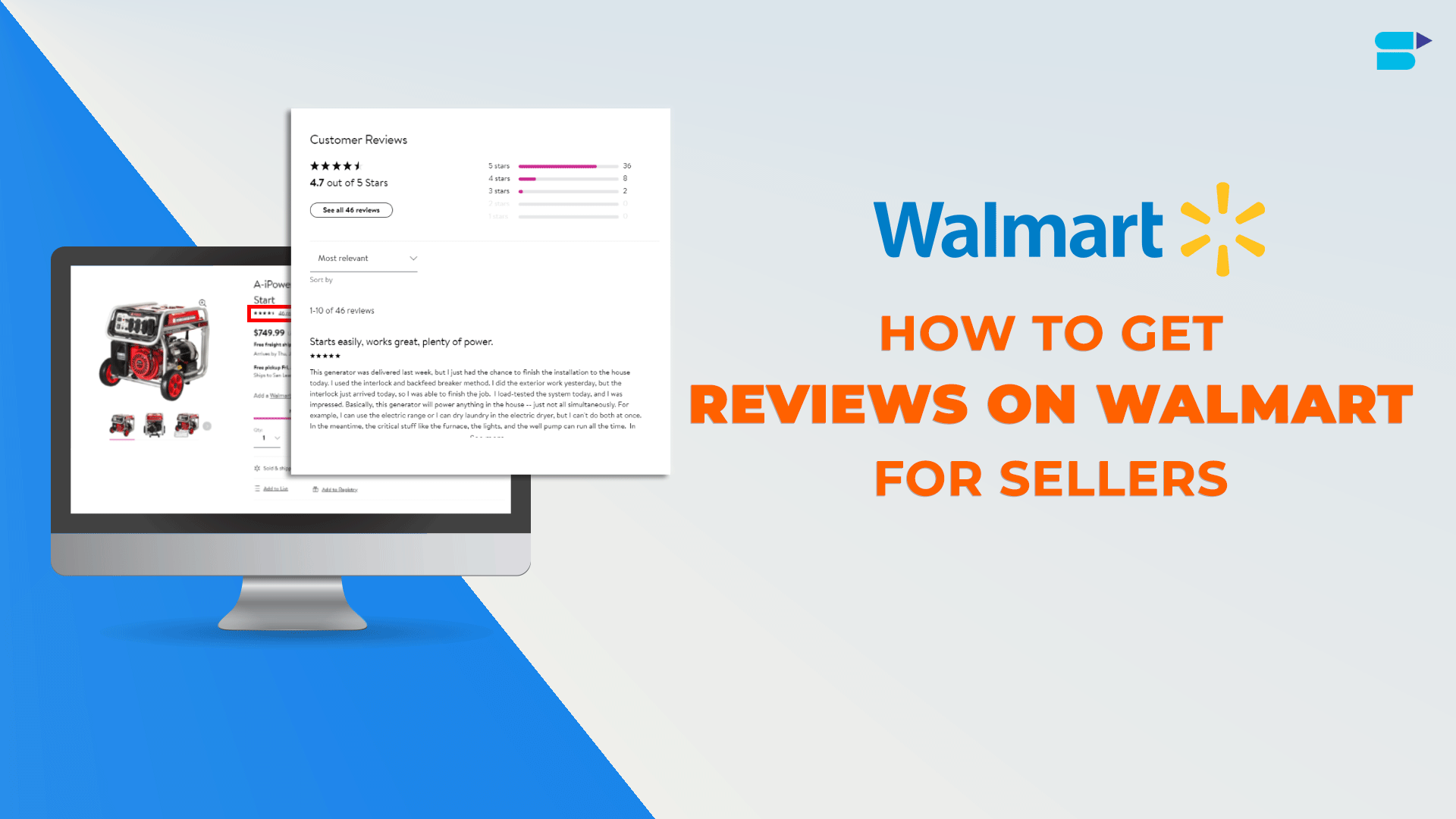
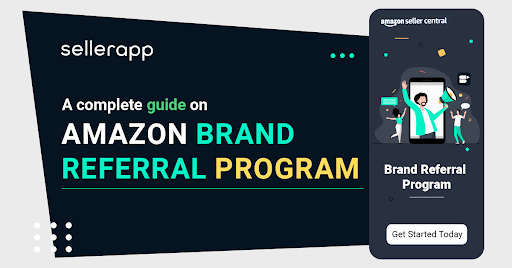

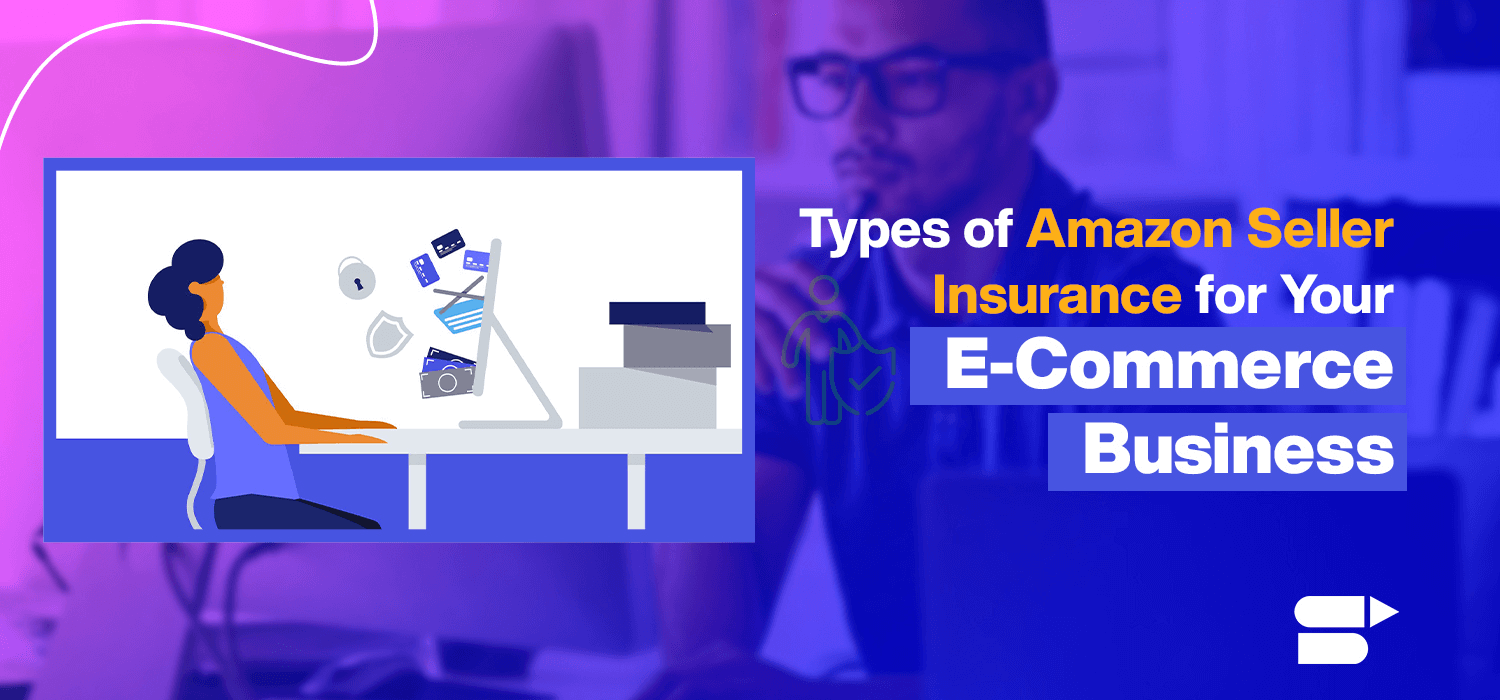
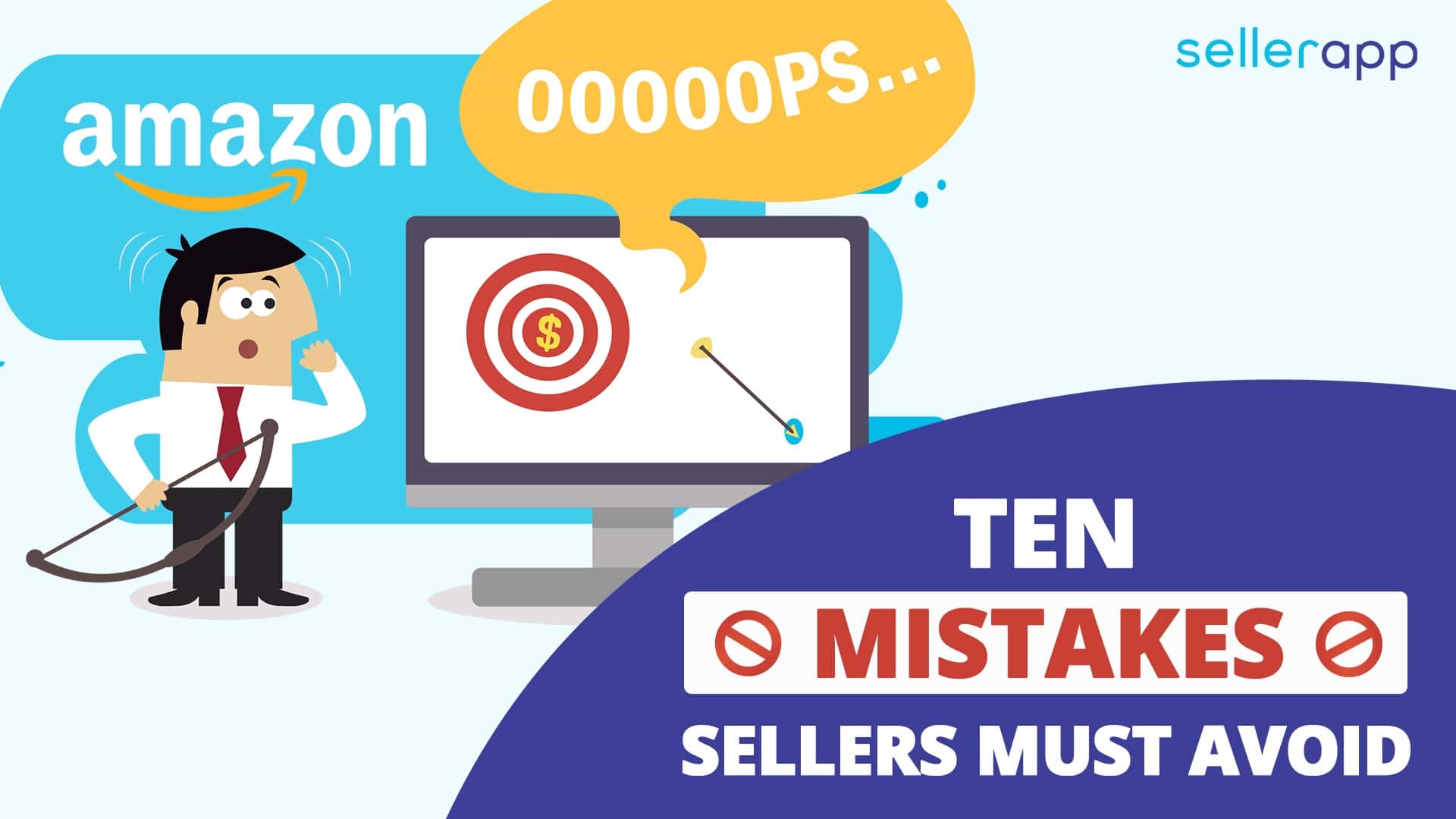

Clinton
October 23, 2019Great Writing, Really I love SellerApp
Grayson
August 16, 2021Thank you for the information. It helped a lot.
Julian
August 16, 2021Hi. Your article was very helpful.